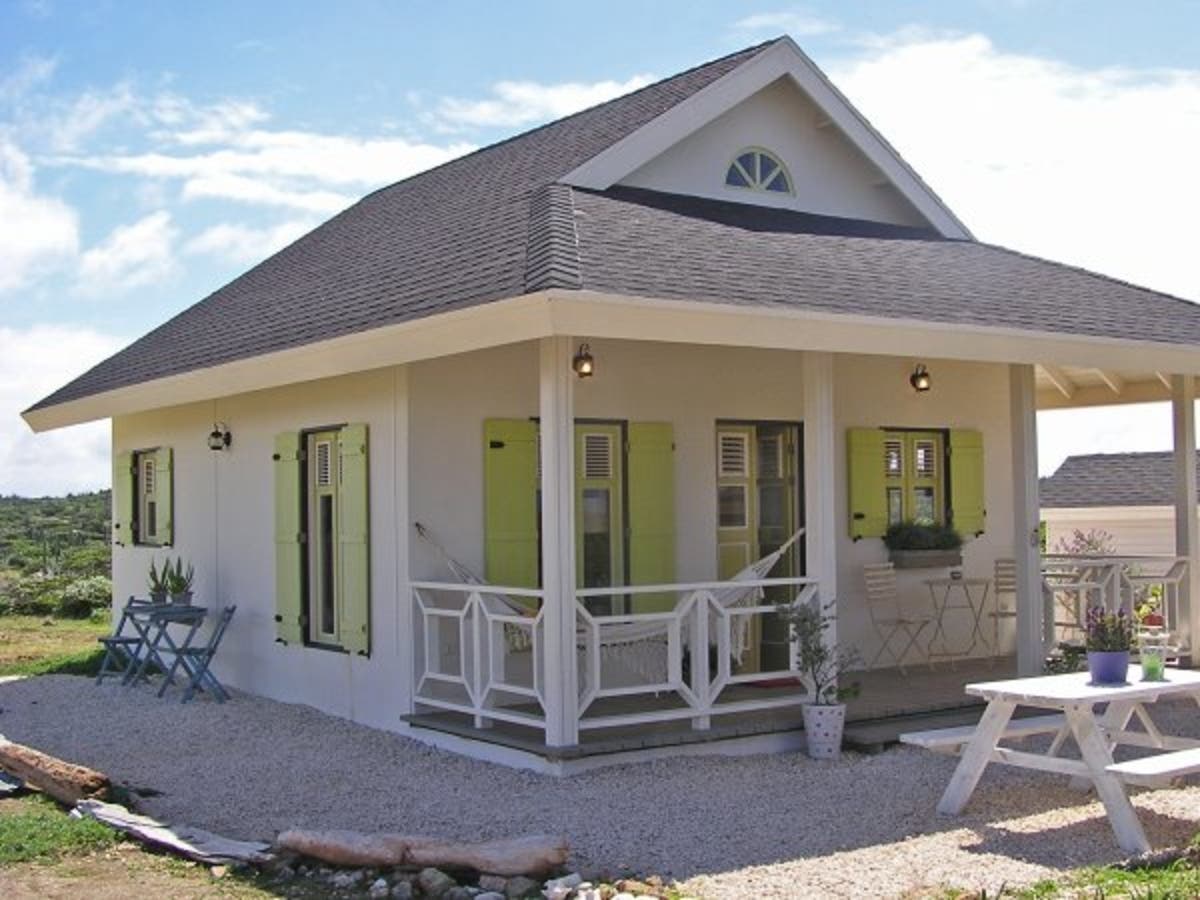Real Estate
What to consider before purchasing a vacation home: Florida
Prospective home buyers may be on the hook to perform costly, time-consuming renovations.

Due to severe weather that routinely impacts Florida, the state has adopted some of the toughest building codes in the country pertaining to wind mitigation. Prospective home buyers may be on the hook to perform costly, time-consuming renovations required by their insurer if a home must be brought up to code.
With its beautiful beaches and mild winter climate, it’s no surprise that many people own primary or secondary homes in Florida. However, home ownership in the Sunshine State presents unique risks. Consider the following when purchasing a home in Florida:
- Uniform wind mitigation report Be sure to order a report, also known as a “wind mit form,” before you close. This report is completed by a state licensed inspector or a qualified contractor and will indicate what mitigation features are present in the home. Insurance companies may require this form in order to bind coverage and apply state-mandated wind mitigation credits.
- Building code enhancements There are two primary dates when the Florida building code was enhanced to include many of the wind mitigation features builders adhere to today:
• September 1, 1994: The building code was updated for homes permitted in the High Velocity Hurricane Zone (HVHZ), which includes Dade and Broward Counties only, as a result of Hurricane Andrew.
• March 1, 2002: The remainder of coastal Florida outside of the HVHZ was updated.
Florida is segmented into what is known as wind borne debris regions. Codes can vary slightly between wind borne debris regions and the location of the home can change code requirements. The dates noted above are directly referenced on the State of Florida wind mitigation form.
Homes permitted after these dates should be built to the updated Florida building code standards. However, there are select areas that did not enforce the code changes until later dates, which has led to some confusion in certain counties. A wind mitigation inspection will confirm if your potential new home was built to the updated code.
- Age of the home Homes built before the updated building codes were implemented may require extensive and costly retrofits to meet current wind mitigation standards. Many insurance companies require these mitigation features before providing coverage. Unfortunately, some new homeowners do not realize their home is not up to code until an insurance inspection is conducted after closing.
- Roof shape The shape of the roof is important in determining the vulnerability of a home. A gable style roof typically does not perform as well as a hip style roof in high winds. Because of this, the configuration of your roof can qualify for large discounts on wind coverage.
- Wind mitigation features Homes built to the updated Florida building code for wind mitigation generally will include:
Find out what's happening in Cranfordwith free, real-time updates from Patch.
• A large missile impact rated shutter system or impact rated glass that has been approved by Miami-Dade County or the Florida Building Code on all exterior glazed openings.
• Impact or wind rated doors and garage doors (code requirements vary depending on location).
Find out what's happening in Cranfordwith free, real-time updates from Patch.
• Roof wraps, straps or clips that are engineered to hold the roof to the bearing walls during high wind events.
• Specific nail sizes and nail patterns that are designed to hold the roof decking to the trusses and rafters.
• Roof covers (shingles, tile, metal standing seam, etc.) and nail patterns that are engineered, tested and approved for use in coastal areas.
• Secondary water resistance on roofing, such as peel and stick or closed cell foam adhesive, to help prevent water intrusion (not always mandatory).
The state of Florida has mandated that insurance companies offer credits for the wind coverage portion of your policy if these wind mitigation features are present. However, many insurance companies will not offer coverage if certain features are missing. In most cases, these features may be retrofitted, but retrofit costs may be extensive and costly.
For information on homeowners insurance, please visit our websiteor contact Zita Santos-Martinez at (732) 832-4132.
Article courtesy of AIG.
